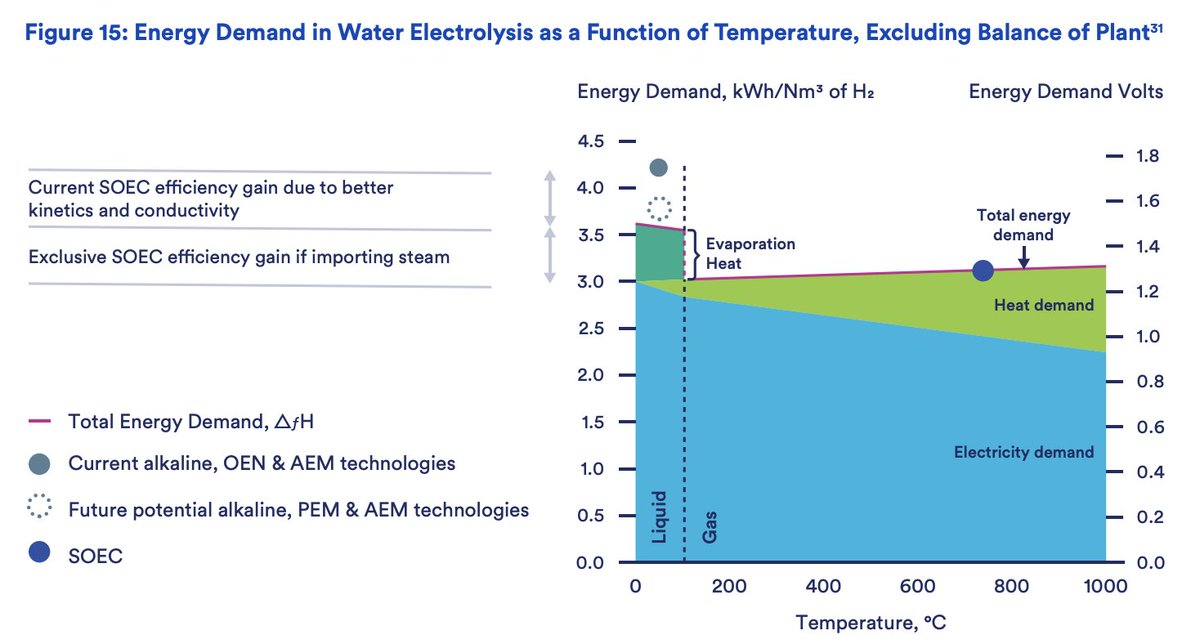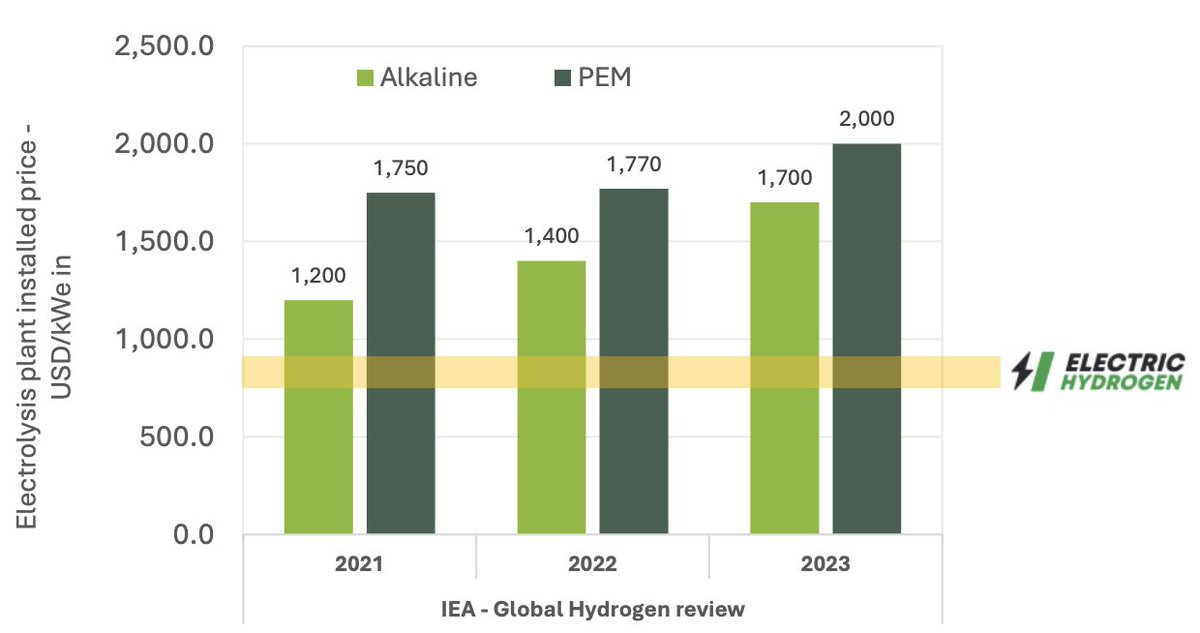Short rant: that’s one way to perpetuate the status quo. Hydrogen has some critical uses, but the extent of its penetration in consumer markets is a function of our attitude to waste and centralisation.
https://twitter.com/shaylekann/status/1292863004208291851
Circularity is gaining momentum as a key theme. Another key point is that energy companies are basically profit machines for the few. Take residential heat for example. Most profits from repurposing the gas grid will go to current owners.
Now imagine we built new, passive houses or energy co-ops instead. How many new jobs would that create? How much less energy would we need in the long run? How empowering and equitable would it be for communities?
Power to the people, by the people, for the people.
Power to the people, by the people, for the people.
Sadly, a vision that is unlikely to happen given current power structures and distribution of wealth.
Or is it? In a few years economies of scale for hydrogen will matter less than access to good renewable resources.
/end
Or is it? In a few years economies of scale for hydrogen will matter less than access to good renewable resources.
/end
• • •
Missing some Tweet in this thread? You can try to
force a refresh




















